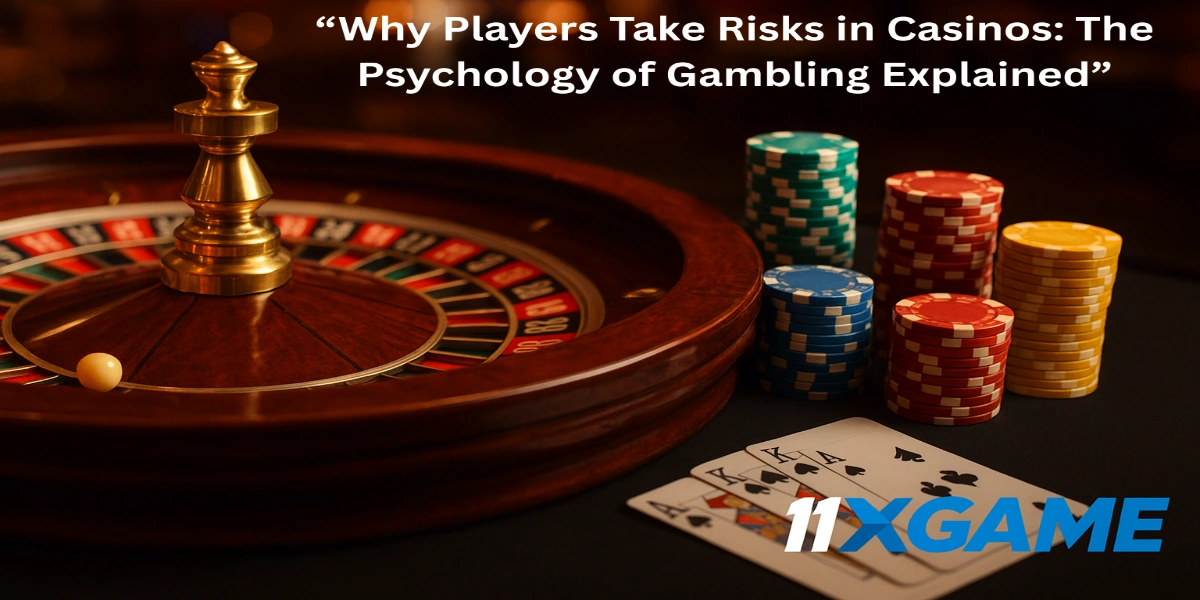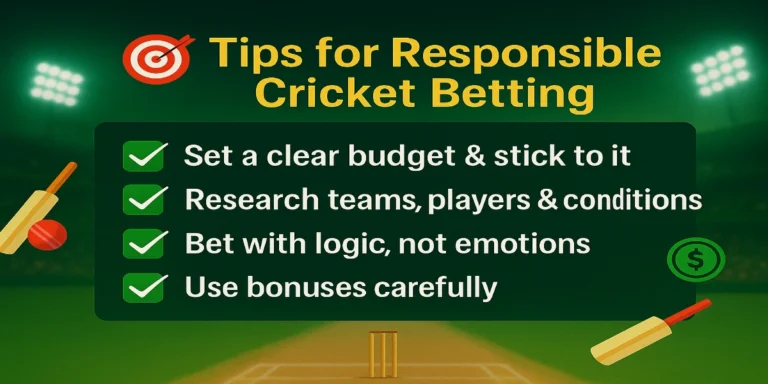Why Players Take Risks in Casinos: The Psychology of Gambling Explained
Casinos are carefully designed to thrill, excite, and challenge players, creating an environment that is both captivating and immersive. Beyond the dazzling lights, spinning wheels, and ringing slot machines lies a complex psychological landscape that drives why people take risks and make certain decisions while gambling. The allure of potential rewards, combined with the sensory and social stimulation of the casino environment, can influence behavior in ways that most players aren’t fully aware of. Understanding this underlying psychology is essential—not only for those interested in gambling behavior from a research or educational perspective but also for individuals who want to engage in gambling responsibly and make informed choices.
In this article, we will take a deep dive into the key psychological factors that encourage players to take risks. We’ll examine the cognitive biases that subtly influence decision-making, explore the role of emotions in shaping betting behavior, and discuss the environmental and social triggers that casinos use to keep players engaged. Additionally, we’ll outline practical strategies to recognize and manage risky behavior in casino settings, helping players enjoy gambling while minimizing potential harm. By the end of this article, readers will have a clear understanding of why risk-taking occurs in casinos and how to approach gambling in a more conscious, informed, and responsible manner.
1. The Role of Dopamine and Reward Systems
At the core of gambling is the brain’s reward system. Every time a player wins—even a small amount—dopamine, a neurotransmitter associated with pleasure and motivation, is released.
- Variable rewards: Casinos use unpredictable rewards (slot machines, roulette wins) to keep players engaged.
- Small wins: Frequent, small wins reinforce the behavior and create a “just one more try” mindset.
- Anticipation: Even before winning, the anticipation of reward triggers dopamine release, motivating repeated risk-taking.

This biological response explains why players continue gambling despite losses.
2. Cognitive Biases that Influence Risky Decisions
Players are prone to several cognitive biases that increase risk-taking:
- Gambler’s fallacy: Belief that past outcomes affect future ones (e.g., “red has come up five times, black is due”).
- Illusion of control: Thinking that skill or ritual can influence random outcomes (common in dice games or roulette).
- Confirmation bias: Remembering wins more than losses, which reinforces continued play.
- Optimism bias: Overestimating personal chances of winning despite statistical odds.
Recognizing these biases is crucial for understanding why even experienced gamblers take risks.
3. Emotional Influences on Gambling Behavior
Emotions play a critical role in casino risk-taking:
- Excitement and thrill: The sensory experience of flashing lights, sounds, and social environment heightens emotional arousal, leading to riskier bets.
- Stress relief: Some players gamble to escape negative emotions or stress, often taking higher risks.
- Overconfidence: A string of wins can lead to inflated confidence, encouraging bigger wagers or riskier games.
Casinos are designed to leverage these emotional responses, making players more susceptible to taking risks.
4. The Role of Game Design and Environment
Casinos intentionally create environments that encourage risk-taking:
- Slot machines: Random number generators and near-miss designs keep players engaged.
- Table games: Structured rules and social interaction increase immersion.
- Lighting and sound: Stimulate the senses and maintain excitement.
- Accessibility: Easy availability of chips and cashless betting reduces the perception of loss.
These elements amplify psychological tendencies, subtly encouraging players to take risks they might avoid elsewhere.
5. Social and Peer Influences
Human behavior is strongly influenced by social factors:
- Peer comparison: Observing others winning large amounts can prompt riskier bets.
- Group reinforcement: Social gambling, like poker nights or shared slots, can escalate risk-taking.
- Normalization: Casinos normalize high-risk behavior, making risky bets seem typical or acceptable.
Understanding the social context helps explain why some players escalate their risk-taking over time.
6. Differences Between Casual and High-Risk Gamblers
Not all players take risks for the same reasons:
- Casual players: Often seek entertainment and may take small, calculated risks.
- High-risk or problem gamblers: Driven by addiction, emotional triggers, or compulsion, leading to repeated high-stakes bets.
- Psychological differences: Impulsivity, sensation-seeking, and lower risk aversion are more common in high-risk gamblers.
Identifying these patterns is essential for responsible gambling strategies.
7. Strategies to Recognize and Manage Risky Behavior
While understanding psychology explains why people take risks, practical strategies can reduce harmful behavior:
- Set limits: Establish time and money boundaries before entering a casino.
- Recognize triggers: Identify emotional states or environments that encourage risk-taking.
- Take breaks: Step away regularly to reset emotional and cognitive biases.
- Avoid chasing losses: Accept losses as part of the experience instead of increasing bets.
- Seek support: Resources like responsible gambling programs or counseling can help manage compulsive behavior.
These strategies encourage conscious decision-making, even in high-stimulation environments.
8. The Fine Line Between Fun and Risk
Gambling can be a fun, social activity when approached responsibly. However, the combination of dopamine-driven reward systems, cognitive biases, emotional arousal, and environmental cues creates a high-risk scenario for uninformed players.
Understanding the psychology of gambling helps players recognize their own risk-taking tendencies and make informed, controlled decisions.
(This article is for informational purposes only. Gambling involves risk. Please bet responsibly.
Always check local laws before playing & follow the law.)
Conclusion
Players take risks in casinos for a mix of biological, psychological, and social reasons. Dopamine, cognitive biases, emotional arousal, game design, and peer influences all contribute to risky behavior.
By understanding these factors and implementing responsible gambling strategies—such as setting limits, recognizing triggers, and taking breaks—players can enjoy casinos while minimizing harmful risk-taking.
The key takeaway: gambling is not just a game of chance; it’s a complex interplay between human psychology and environmental cues. Awareness and discipline are the most powerful tools to control risk.
FAQ – Casino Risk-Taking Psychology
Q1: Why do people continue gambling despite losses?
A: Dopamine release, anticipation of reward, and cognitive biases like gambler’s fallacy drive continued play.
Q2: What is the gambler’s fallacy?
A: It’s the mistaken belief that past outcomes influence future events in games of chance.
Q3: How do casinos encourage risky behavior?
A: Through sensory stimulation, near-miss designs, social environments, and easy access to betting.
“For more educational resources and responsible gaming tips, visit 11xGame to stay informed and safe while enjoying your favorite sports.”






